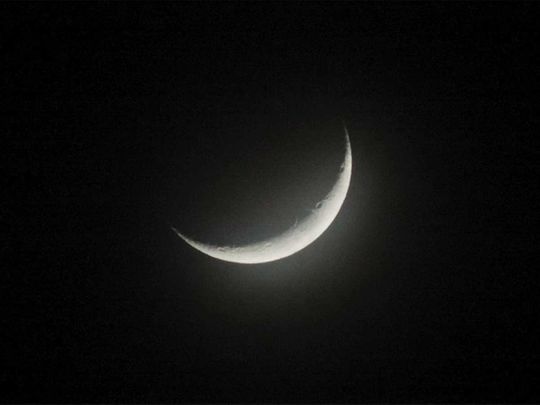
Dubai: Authorities in Saudi Arabia have urged all Muslims throughout the kingdom to participate in the moon-sighting scheduled tonight.
If sighted, the crescent moon will mark the beginning of the month of Dhu Al Hijja, which is the last month on the Islamic calendar.
The 12 months of the Hijri calendar include:
- Muharram
- Safar
- Rabi Al Awwal
- Rabi Al Thani
- Jumada Al Ula
- Jumada Al Akhira
- Rajab
- Sha’aban
- Ramadan
- Shawwal
- Dhu Al Qa’da
- Dhu Al Hijja
In a statement issued to the Saudi Press Agency (SPA), the Supreme Court of Saudi Arabia said: “The Supreme Court requests those who see [the new moon] with the naked eye or through binoculars to inform the nearest court to record his testimony.”
The Federal Authority for Government Human Resources (FAHR) confirmed previously that the Eid Al Adha holidays, including Arafat Day, for the private and public sector in the UAE will be observed on the 9th, 10th, 11th and 12th of Dhu Al Hijja 1440.
Arafat Day is on the 9th of Dhu Al Hijja, while Eid Al Adha (Festival of Sacrifice) is celebrated by all Muslims on the 10th day.
If the crescent moon is sighted on Thursday evening, Arafat Day will fall on Saturday August 10 and Eid will be celebrated on Sunday August 11. Otherwise, if no moon-sighting is reported, Arafat Day will be marked on August 11 and Eid will subsequently fall on Monday August 12 instead.
The celebration of Eid Al Adha is to commemorate Prophet Ibrahim’s devotion to Allah and his willingness to sacrifice his son Ismail. At the very point of sacrifice, Allah sends his angel, Jibra’il, to instruct Ibrahim to replace Ismail with a ram, which was to be slaughtered in place of his son.








